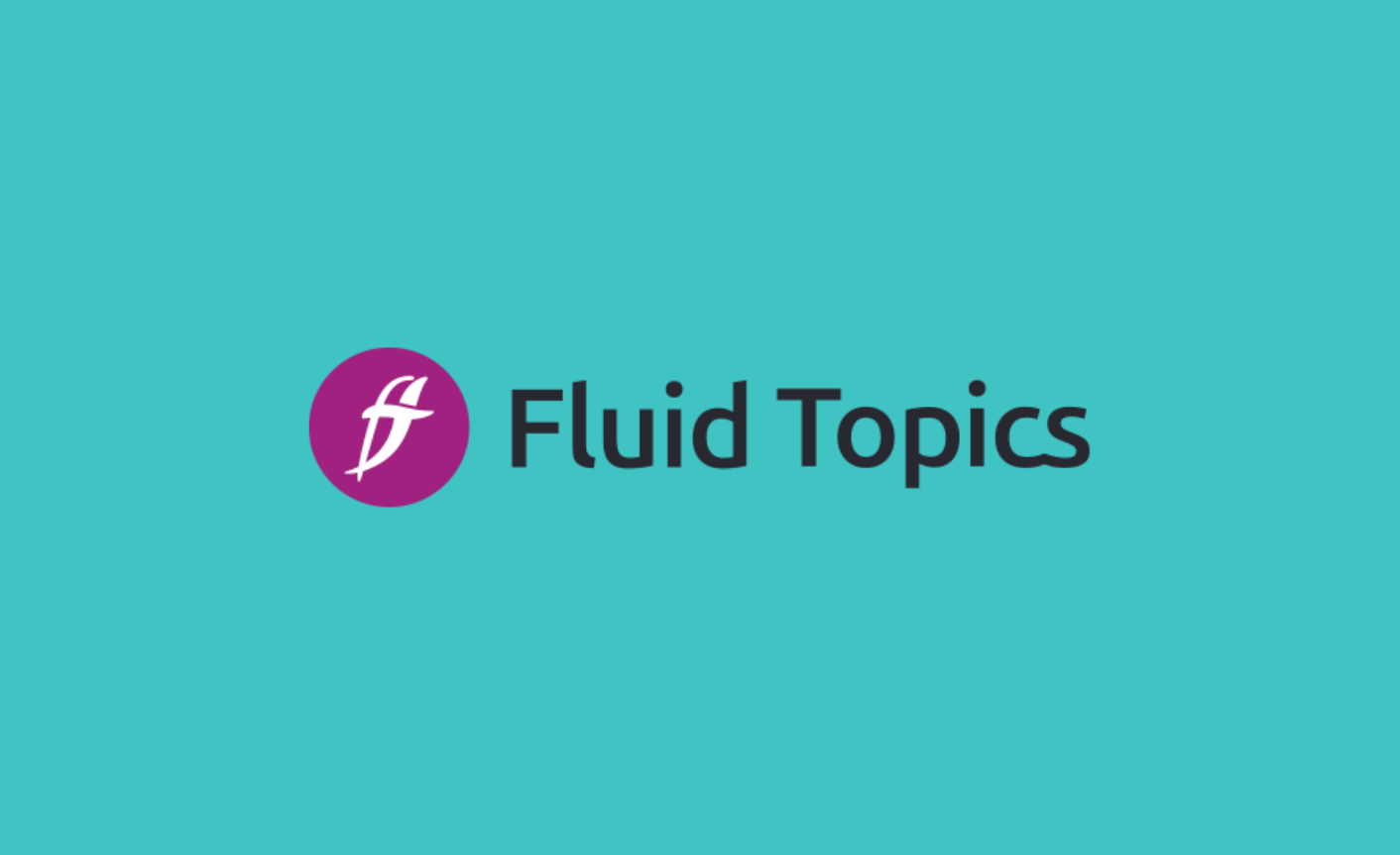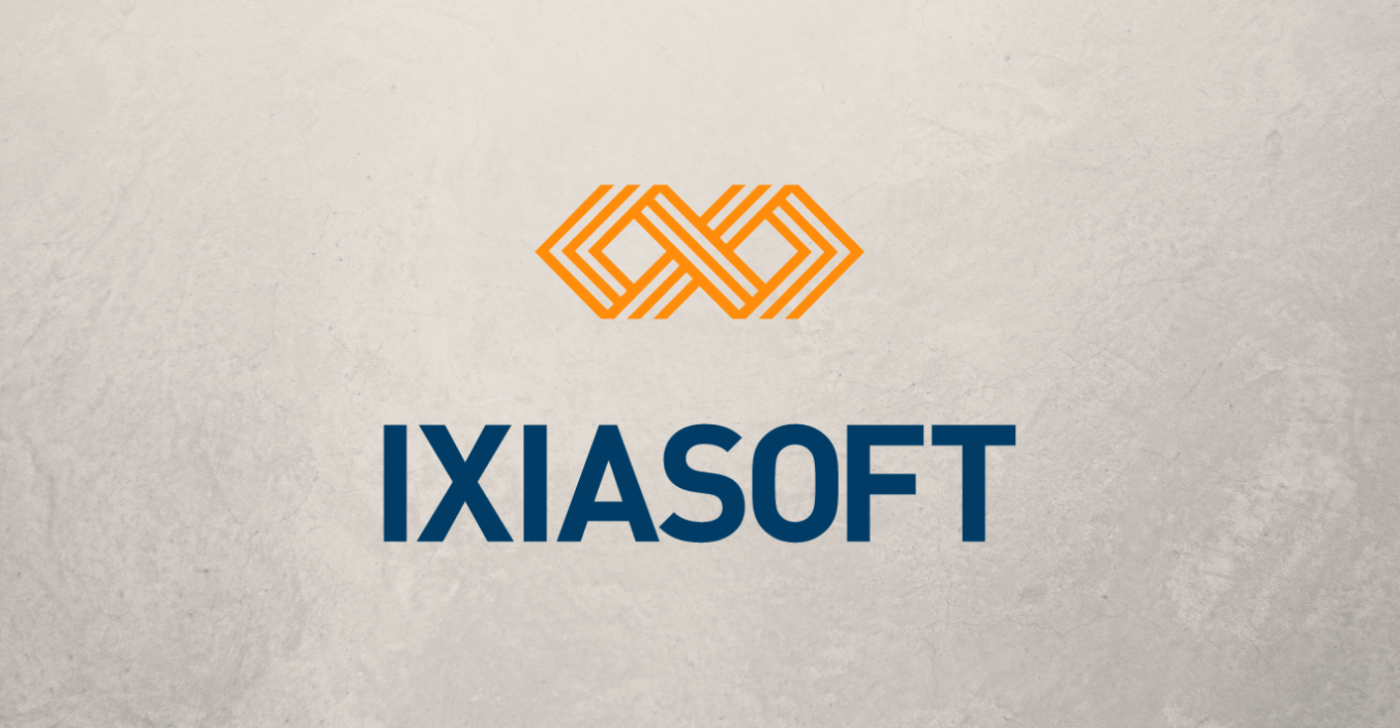A common way of looking at content creation is as a trade-off between speed and quality. If it’s fast, it’s probably not the best; doing it well takes time.
To help technical content creators escape this trade-off, Acrolinx has partnered with Fluid Topics, an AI-powered content delivery platform based in Lyon, France. This cloud-hosted technology captures technical documentation from many sources and delivers it as actionable information that’s tailored to the user, situation, and channel.
Acrolinx’s Vice President of Global Partners and Alliances, Dan Nutburn, spoke to Fluid Topics founder and CEO Fabrice Lacroix and its Vice President of Product Marketing, Géraldine Boulez, on quickly delivering impactful content without affecting quality.
What’s a content delivery platform and why do organizations need one?
Fabrice Lacroix: For many years, there’s been the idea of implementing a component content management system (CCMS) and then single-sourcing and controlling content authoring inside a company. That way you have one place for people to author content and a single source of truth for everyone to read it.
The challenge is people don’t work that way.
I can’t think of any company that’s said, “OK, we’re going to fold back all the tools we have and just use one tool for writing.” A CCMS is a great tool for creating tech docs, but I don’t see, for example, the marketing people writing all their content in a CCMS just because it would be nice for the tech documentation writers to reuse some of their marketing content. That doesn’t happen and it never will. Silos are here to stay.
With Fluid Topics, we help companies get more value from these silos rather than trying to get rid of them. We see companies that say, “We want to work faster; we want to be more efficient at producing knowledge and content. We need to engage more stakeholders inside the company into this process of producing content and knowledge. To do that, we must allow people to write with the tools that they own and like.”
If you have developers, you won’t get them to use a CCMS – they’ll work in Markdown. The marketing people, mostly they’ll write in Microsoft Word documents.
So, we solve a problem for companies that have three, four, five, 10 silos [and] 10 tools for writing content – and we take all that content, and we make it look like one.
Géraldine Boulez: For example, you look at a customer of ours, Napatech, in Denmark, which makes network acceleration hardware. They publish a lot of content that gets used by the internal support team and engineers, but their resellers, developers, and system administrators also use it. They use Fluid Topics to publish their Darwin Information Typing Architecture technical documentation, but they also connect their repositories of PDF and HTML marketing collateral. It’s all accessible in one place with a lightning-fast search, and it looks really good and makes it much easier for people to find what they need.
Dan: So it’s faster because content creators can use the tools they’re most comfortable with, but from the reader’s perspective it doesn’t matter which tool they used?
Fabrice: The value we create is we let companies be more agile and more efficient at producing, generating, and publishing content while creating consistency for the customer. The end user doesn’t see the discrepancies and the variety of formats and tools. Fluid Topics can ingest any kind of content in any format and run transformations, so all the content looks aligned.
Géraldine: Something that’s common with our customers is the fact that they’re using some legacy unstructured content, and with Fluid Topics they’re able to mix legacy content with content from more recent tools. And they’re adding new content sources all the time, like if they acquire new companies.
Dan: It sounds like your technology allows companies to get additional value out of their sunk investments in technology and content creation.
Géraldine: Right, you can benefit from all the content that you’ve created. Companies may have started a project for creating content in a specific way for a particular use case, but then they can put some governance and structure around their entire content production process and get more value from it.
So, what’s your vision for your partnership with Acrolinx? How can we build value together for your customers?
Géraldine: Fabrice talked about the idea of taking all these content sources and presenting them in a unified experience, so we’re reducing friction in the content creation process. But there’s another question: now that you’re creating more content and getting it to the right consumer or customer, is it good quality content? What we see is that companies are unable to notice the usage of the content they’ve created once it’s published. How much do readers search it, use it, like, or dislike it? This is what Fluid Topics captures.
Dan: So, you could use an Acrolinx tool such as Content Cube alongside Fluid Topics to understand both dimensions – the quality and how many times people have read it?
Géraldine: In the end, the content is created for users, and user satisfaction is at stake. That satisfaction is linked to the availability of the content but also to the quality of the content.
With Fluid Topics we can make all this content easily available, but with Acrolinx we can also track content quality and measure it against digital performance.
Learn more about Fluid Topics and Acrolinx
To find out more, please contact Daniel Nutburn, VP Global Partnerships, and Alliances, Acrolinx.


